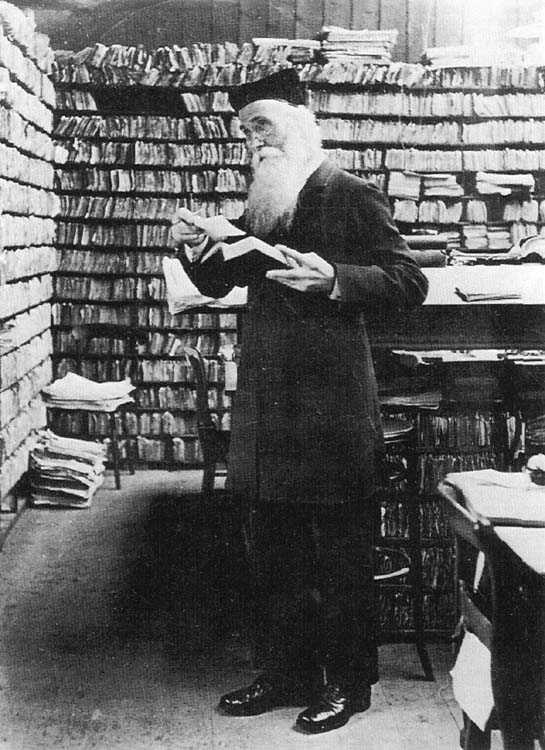The child dried his tears at once, and dashed to the back of the shop, whence he returned with a copper tray.
'Give me!' he said to Lurgan Sahib. 'Let them come from thy hand, for he may say that I knew them before.'
'Gently - gently,' the man replied, and from a drawer under the table dealt a half-handful of clattering trifles into the tray.
'Now,' said the child, waving an old newspaper. 'Look on them as long as thou wilt, stranger. Count and, if need be, handle. One look is enough for me.' He turned his back proudly.
'But what is the game?'
'When thou hast counted and handled and art sure that thou canst remember them all, I cover them with this paper, and thou must tell over the tally to Lurgan Sahib. I will write mine.'
'Oah!' The instinct of competition waked in his breast. He bent over the tray. There were but fifteen stones on it. 'That is easy,' he said after a minute. The child slipped the paper over the winking jewels and scribbled in a native account-book.
'There are under that paper five blue stones - one big, one smaller, and three small,' said Kim, all in haste. 'There are four green stones, and one with a hole in it; there is one yellow stone that I can see through, and one like a pipe-stem. There are two red stones, and - and - I made the count fifteen, but two I have forgotten. No! Give me time. One was of ivory, little and brownish; and - and - give me time...'
'One - two' - Lurgan Sahib counted him out up to ten. Kim shook his head.
'Hear my count!' the child burst in, trilling with laughter. 'First, are two flawed sapphires - one of two ruttees and one of four as I should judge. The four-ruttee sapphire is chipped at the edge. There is one Turkestan turquoise, plain with black veins, and there are two inscribed - one with a Name of God in gilt, and the other being cracked across, for it came out of an old ring, I cannot read. We have now all five blue stones. Four flawed emeralds there are, but one is drilled in two places, and one is a little carven-'
'Their weights?' said Lurgan Sahib impassively.
'Three - five - five - and four ruttees as I judge it. There is one piece of old greenish pipe amber, and a cut topaz from Europe. There is one ruby of Burma, of two ruttees, without a flaw, and there is a balas-ruby, flawed, of two ruttees. There is a carved ivory from China representing a rat sucking an egg; and there is last - ah ha! - a ball of crystal as big as a bean set on a gold leaf.'
He clapped his hands at the close.
'He is thy master,' said Lurgan Sahib, smiling.
'Huh! He knew the names of the stones,' said Kim, flushing. 'Try again! With common things such as he and I both know.'
They heaped the tray again with odds and ends gathered from the shop, and even the kitchen, and every time the child won, till Kim marveled.
'Bind my eyes - let me feel once with my fingers, and even then I will leave thee opened-eyed behind,' he challenged.
Kim stamped with vexation when the lad made his boast good.
'If it were men - or horses,' he said, 'I could do better. This playing with tweezers and knives and scissors is too little.'
'Learn first - teach later,' said Lurgan Sahib. 'Is he thy master?'
'Truly. But how is it done?'
'By doing it many times over till it is done perfectly - for it is worth doing.'

